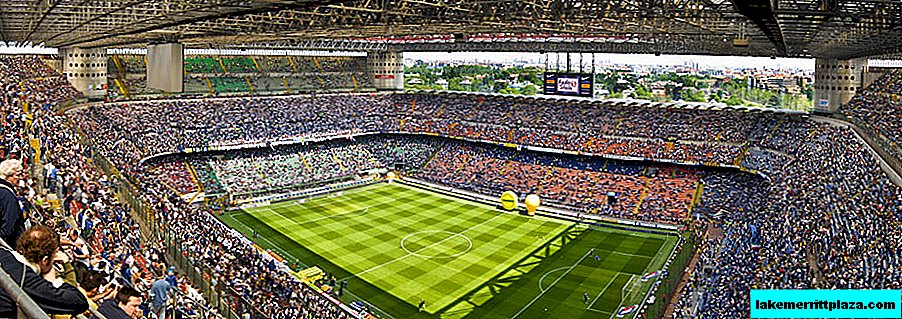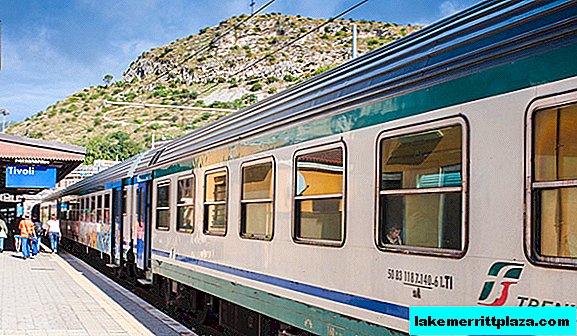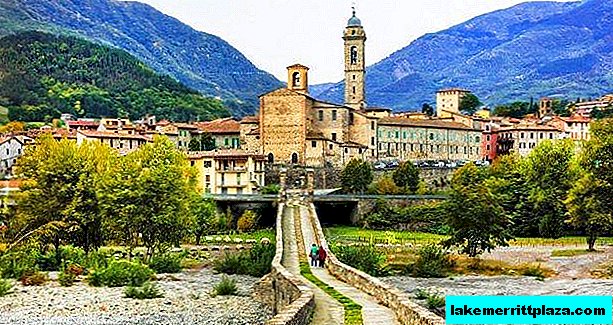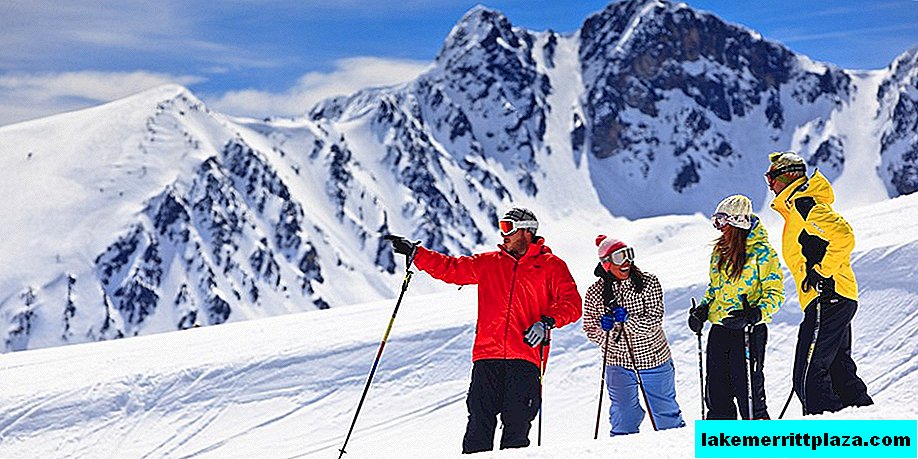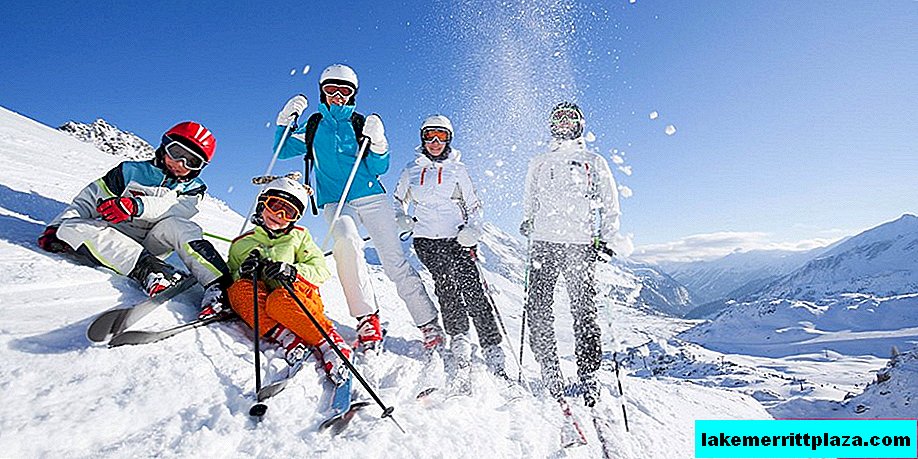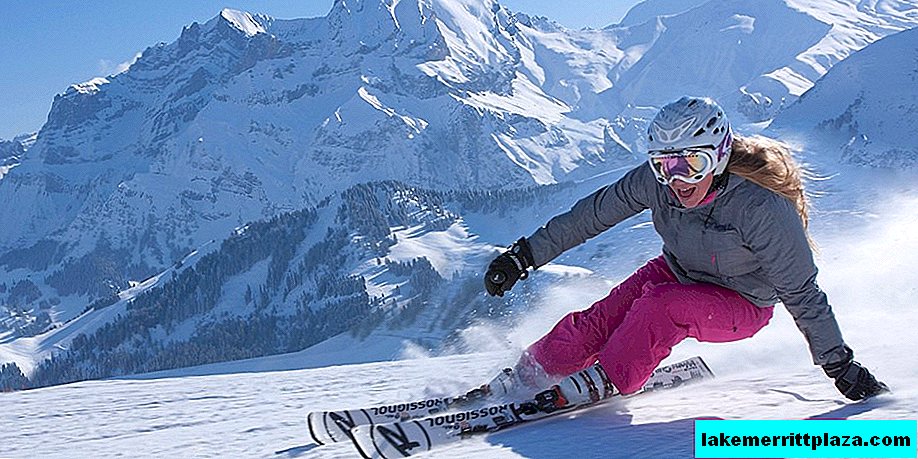In the capital of Germany there are many attractions located directly in the open. Let's talk about Berlin street sculptures.
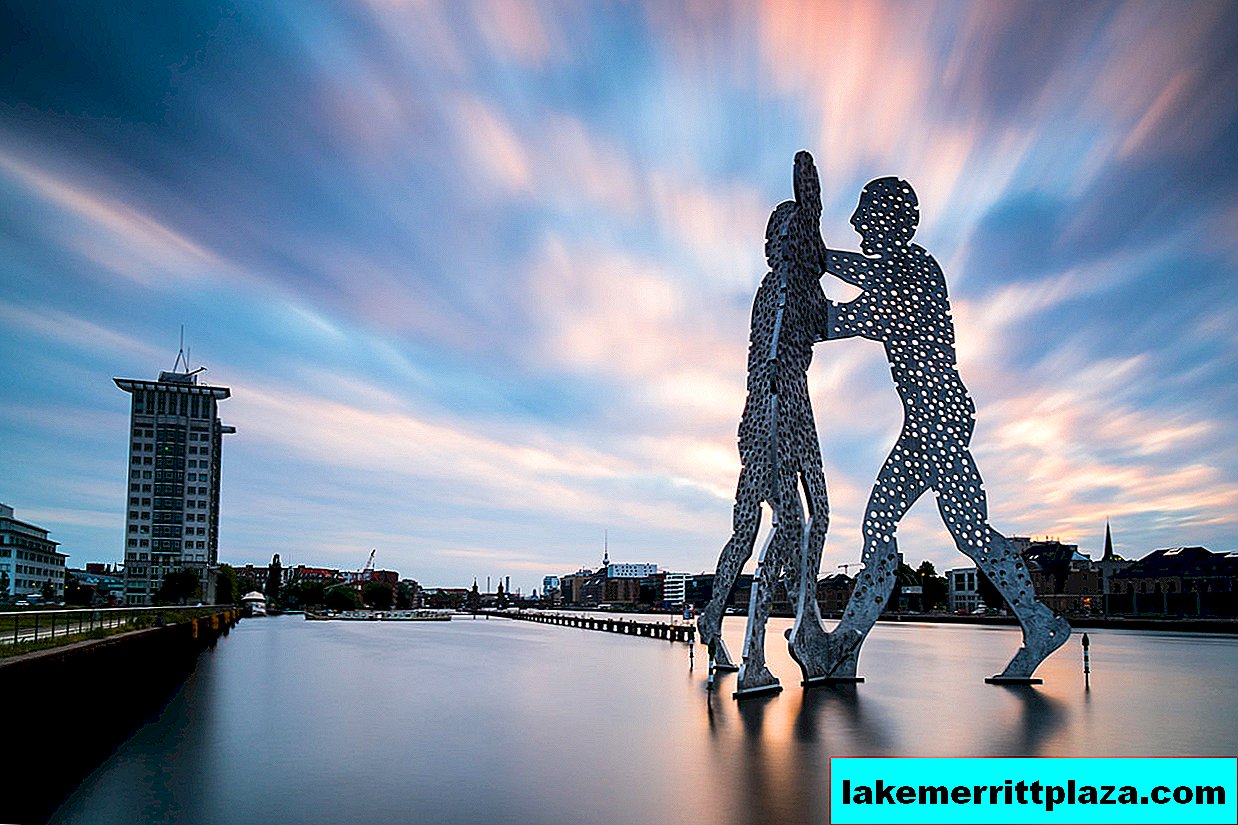
Molecule Man, Jonathan, photo by Ian Allon Borowski
Where to go for a tourist in Berlin, when the closure of most museums is only an hour away and all the photos against the Brandenburg Gate and the Berlin TV tower have already been taken?
Molecular man
"Molecular Man" (Molecule Man) - the work of American artist Jonathan Borowski. It was installed in Berlin in 1999. During this time, the composition has become a real hallmark of the German capital. The sculpture consists of three flat openwork aluminum figures pierced through holes and closed hands. With his work, Borowski wanted to emphasize the idea of the unity of mankind and the inner light emanating from each individual individually.
The sculpture stands directly on the water surface in the middle of the Spree River - at the junction of the Treptow, Kreuzberg and Friedrichshain districts. A thirty-meter composition is visible from afar, but it is best to observe it from the Oberbaumbrücke bridge.
Berlin
The idea of uniting a nation has long been relevant for Berlin, which has long been divided into two parts. Another recollection of this period can be found near the Office of the Federal Chancellor (Bundeskanzleramt). The work of the Spanish sculptor Eduardo Chillida (Eduardo Chillida) is simply named - "Berlin" (Berlin). A five-meter iron sculpture of complex shape weighing 87 tons symbolizes the unification of the country.
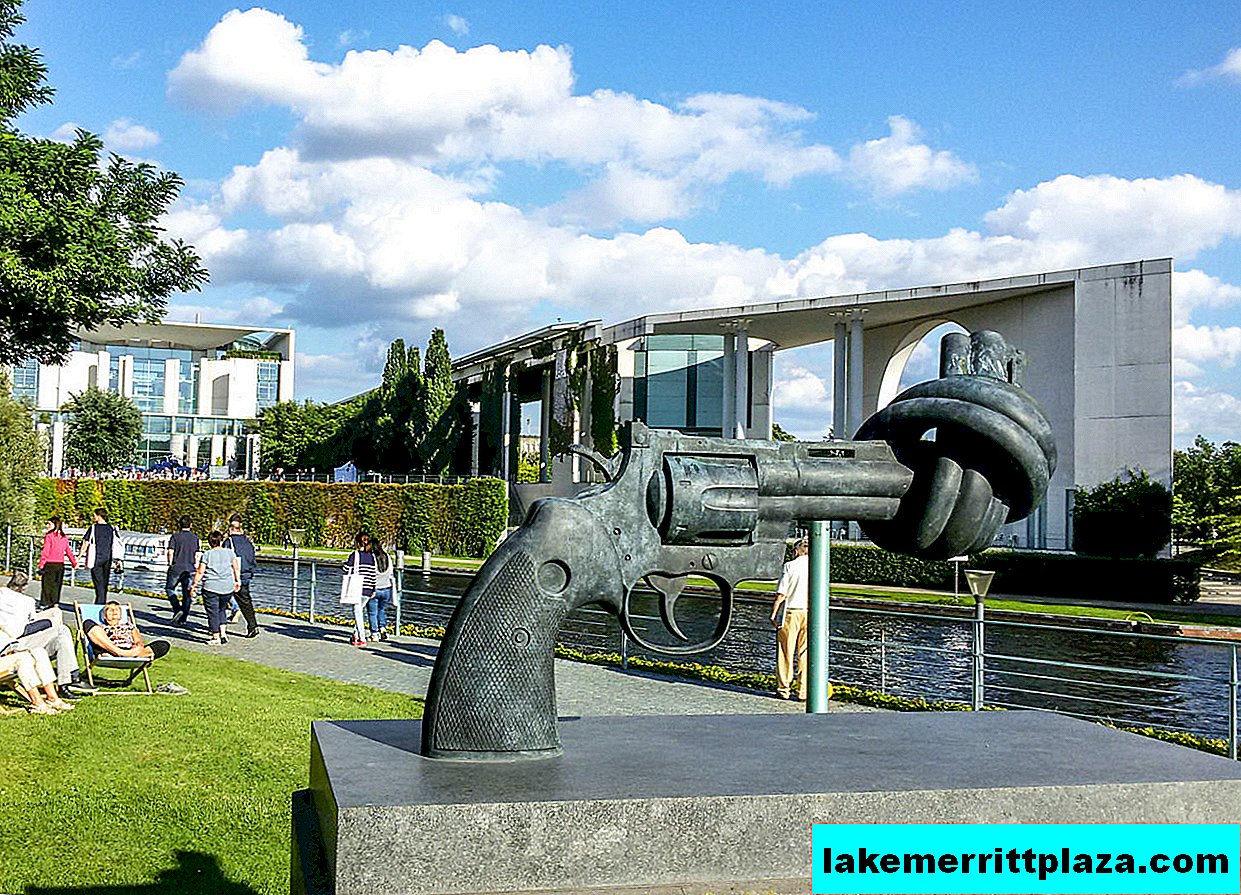
No to violence! (Non Violence), Karl Fredrik Reutersverd, photo by Mutter Erde
In the courtyard of the same department, several years ago, another sculpture was placed, which was sculpted by Carl Fredrik Reuterswärd from Sweden. It's called Non Violence - No to Violence! and is a huge 45-gauge bronze pistol with a barrel tied in a knot. Similar sculptures were installed at different times in 16 cities of the world. The first of them in 1988 was hoisted in New York in front of the UN building. Karl Reutersverd began to create these works after the murder of his friend John Lennon.
Both sculptures can be seen at: Bundeskanzleramt, ul. Willy Brandt 1.
Butterfly
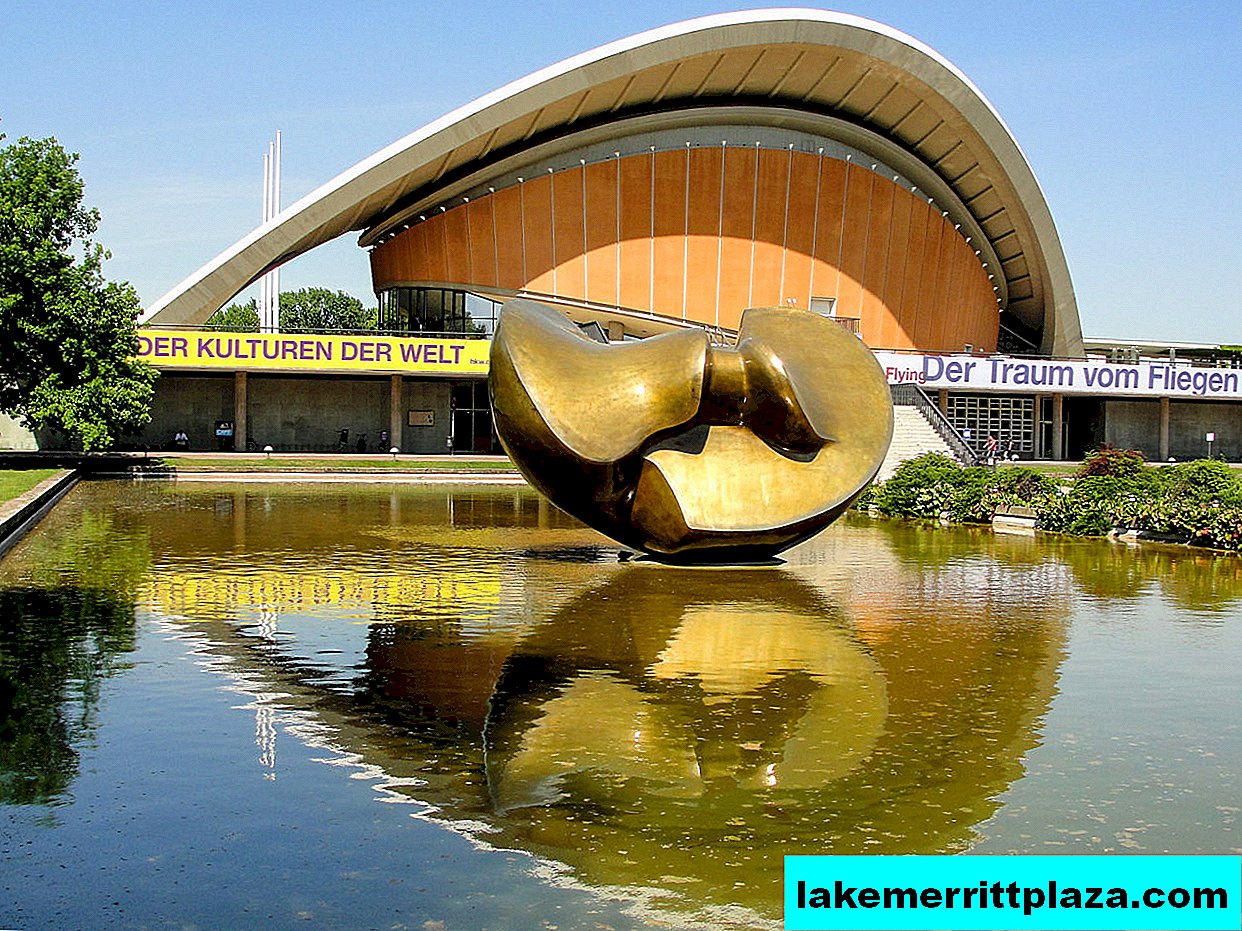
Butterfly, Henry Moore, photo PROGertrud K.
One of the last sculptures of the English artist Henry Moore is located opposite the entrance of the Haus der Kulturen der Welt (House of World Cultures). The work is called "Butterfly" - "Butterfly". This bronze volumetric figure was created for the 750th anniversary of the city. At first it was installed only for a while, but it fell in love with the townspeople and remained forever on the pond in front of the House of Cultures. The round sculpture is not too much like a realistic butterfly. In it, one can consider all stages of development: from the larva to the adult insect emerging from the pupa. In the three-dimensional figure, the grace of this winged creature is guessed. Moore's work was thoroughly destroyed by the weather and vandals, so it has recently been restored.
Look for the House of World Cultures and the Butterfly at John-Foster-Dulles-Allee 1.
Berlin
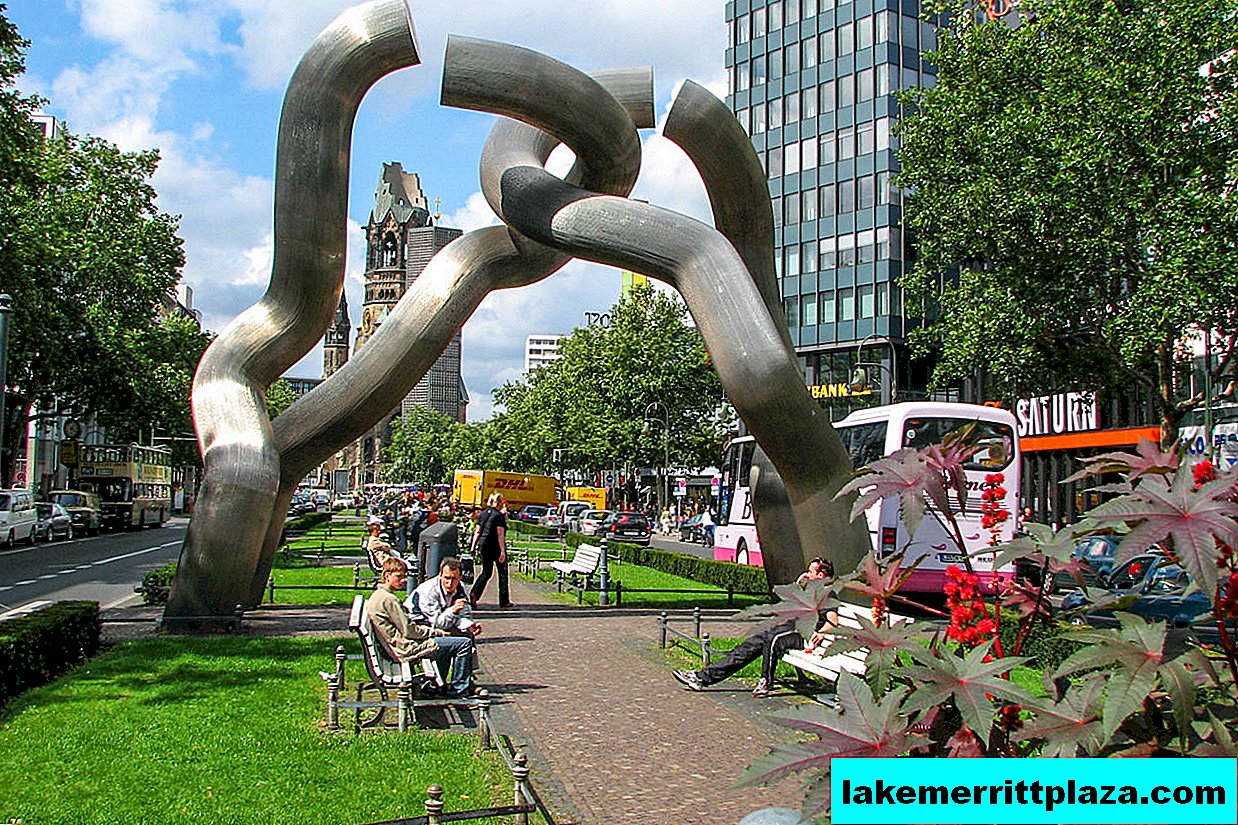
Berlin (Berlin), Matschinsky, photo voyager09
Not far from the busy Kurfürstendamm shopping street, on Tauenzienstrasse there is another sculpture called "Berlin". It also symbolizes the dark pages of the history of the post-war division of Berlin. A monument made of interwoven steel pipes resembles a broken chain. It was installed in 1987, its authors are the spouses Brigitte and Martin Machinsky (Matschinsky).
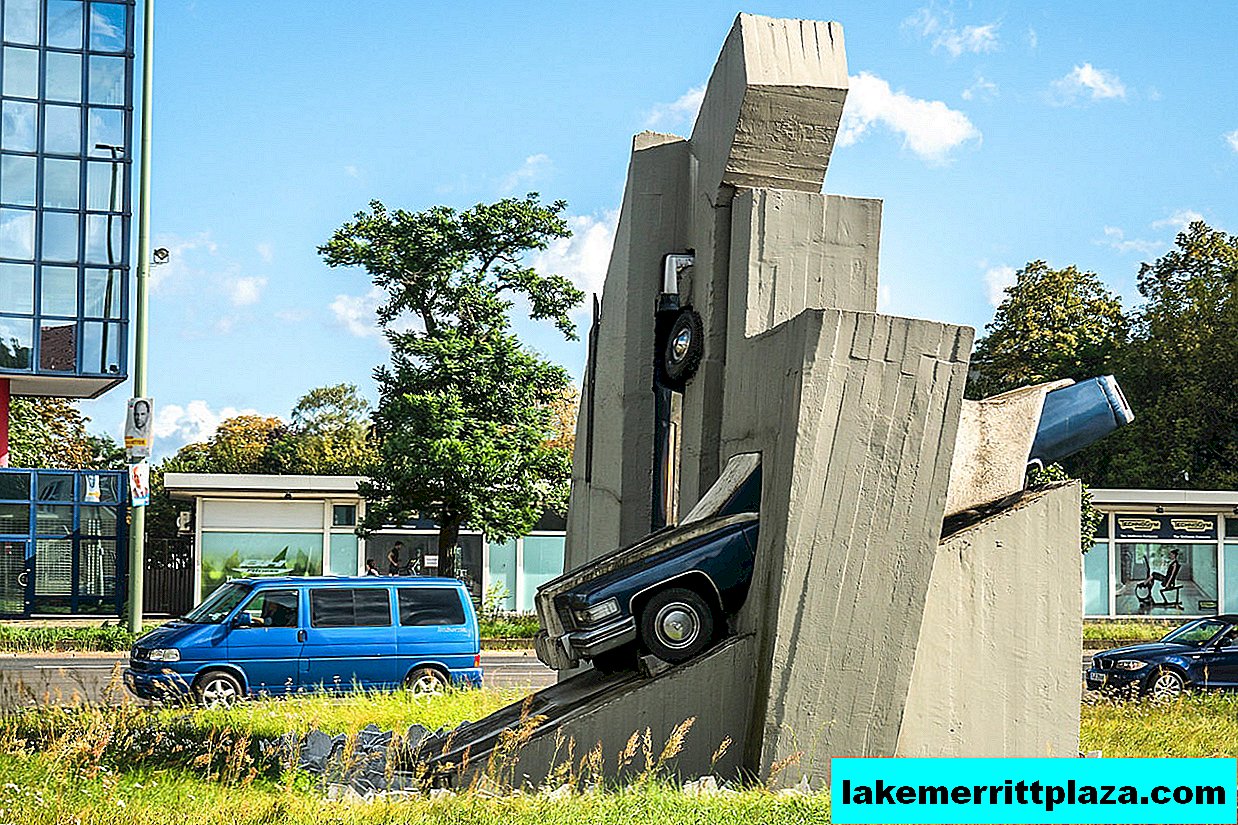
Concrete Cadillacs in the form of a naked Mahi (2 Betoncadillacs in Form der nackten Maja), Wolf Fostell, photo Christa Bronner Wolfgang Bruchha
At the very end of the Kurfürstendamm street you can see the unusual work of Wolf Vostell (Wolf Vostell) - "Concrete - Cadillacs" (Concrete Cadillacs). Its full name is Concreted Cadillacs in the Form of a Naked Mahi (2 Betoncadillacs in Form der nackten Maja). This installation has no direct relationship to Goya's Naked Mach. The sculpture symbolically depicts a stream of expensive cars that rush along the freeway from West Berlin. The author himself characterizes his work as the embodiment of human passions around the Golden Calf.
Many Berliners took the sculpture with hostility, it offended many people. Residents of the capital demanded to remove the installation from the street. However, until now, the concrete “Mach” of Fostel stands still, however, like traffic jams at the exit from the German capital.
How do I save on hotels?
Everything is very simple - look not only at the booking. I prefer the search engine RoomGuru. He is looking for discounts at the same time on Booking and on 70 other booking sites.


